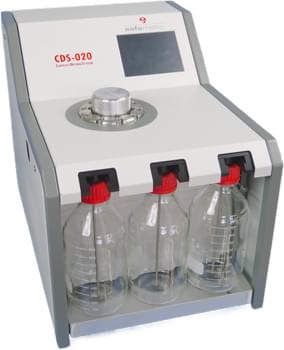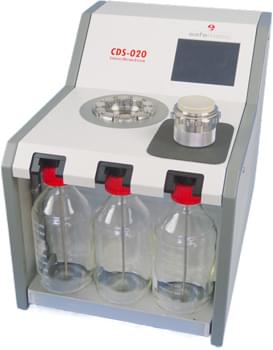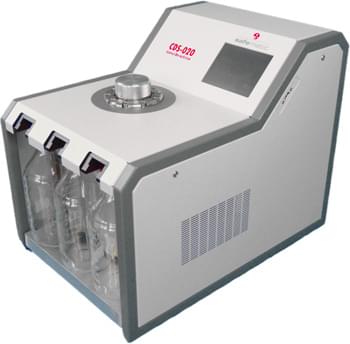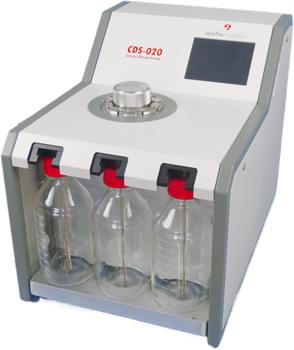Area of application
Water-containing structures or moist samples (usually biological) can be altered or destroyed during drying in air or in a vacuum.
Critical point drying with the safematic CDS-020 is an efficient method to preserve these structures. The tangential forces of interfacial tension that occur during drying between water and air are avoided by transferring the liquid phase of CO2 into the gas phase without a phase transition. For this purpose, water is replaced by the solvent ethanol that is miscible with liquid CO2, as this can then be exchanged for CO2 again.
The steps required to prepare any hydrated biological samples for SEM/TEM include fixation, dehydration, critical point drying, mounting, and coating with metal to improve electron conductivity of sample surface.
The safematic Compact Drying System CDS-020 covers the steps of dehydration and critical point drying. The automated process produces repeatable high quality results.
Dehydration
The high water content of chemically fixed samples requires appropriate dehydration of biological samples. Under high vacuum conditions (e.g. in a scanning electron microscope), residual water would evaporate and damage the biological structures.
Similarly, drying the samples directly from water leads to severe structural destruction due to surface tension effects. An exchange of the water for liquids with lower surface tension and subsequent drying by evaporation of the substitution fluid will improve morphological structure.
Critical point drying
Critical point drying is a preparation technique used to prepare soft tissue samples for imaging under vacuum conditions (e.g. in a scanning electron microscope) without the artefacts caused by evaporative drying.
During evaporation, the liquid in the sample crosses a phase boundary, which can lead to. By increasing the temperature and pressure in the processing chamber, the critical point of the liquid can be reached when sublimation to a gaseous phase occurs. After the critical point is passed, the pressure can be lowered so that the dried sample can be removed.





